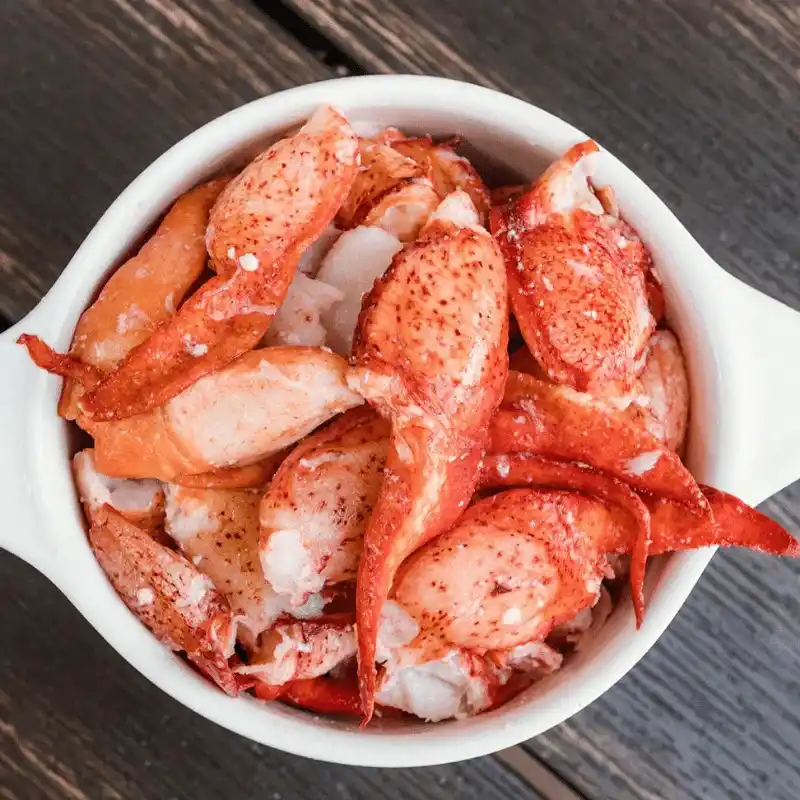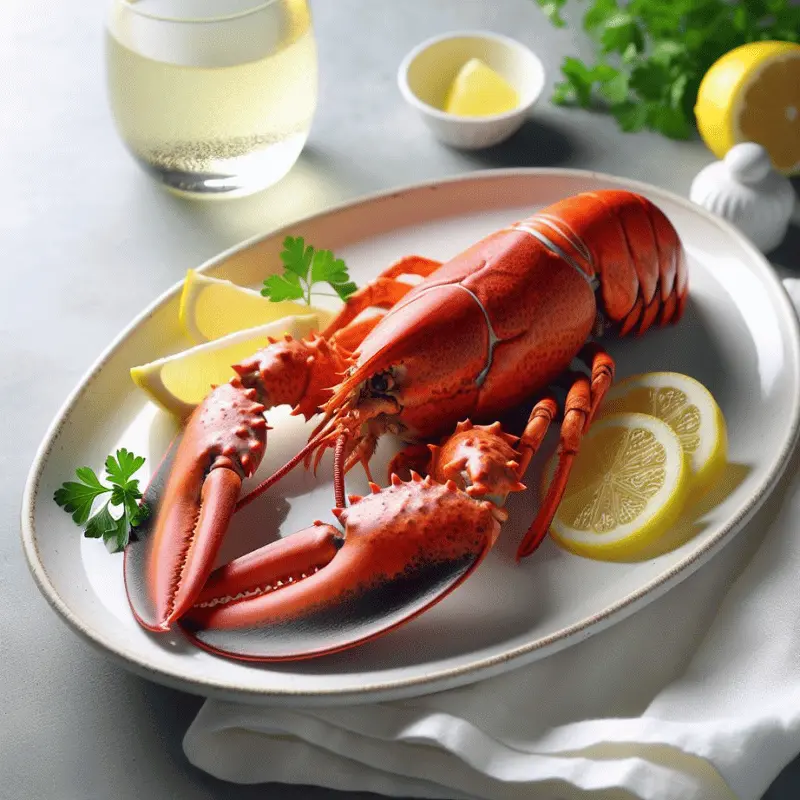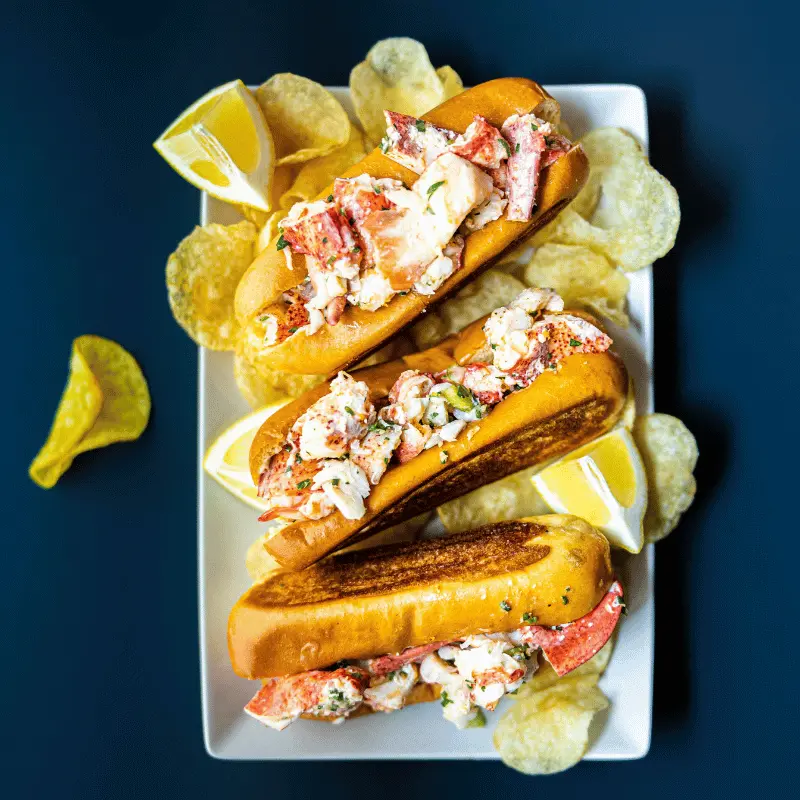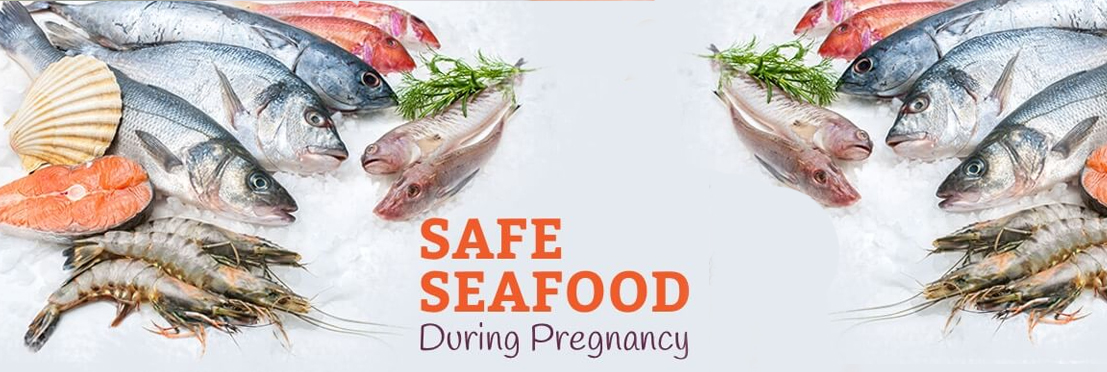
Maine Lobster vs Canadian Lobster
Lobster, often hailed as the king of seafood, is a culinary delicacy that has captivated the taste buds of seafood enthusiasts worldwide. When it comes to lobster, two regions stand out prominently – Maine and Canada. These two places are renowned for their lobster, but they each offer unique qualities that set them apart. In this article, we will delve into the distinctions between Maine lobster and Canadian lobster, exploring factors such as taste, texture, shell thickness, and environmental influences.

1- Maine Lobster
The American lobster, scientifically known as Homarus americanus, is a fascinating species of crustaceans that possesses a unique history and habitat. Native to the Atlantic coast of North America, these lobsters are commonly referred to as Maine lobsters due to their prevalence off the coast of Maine.
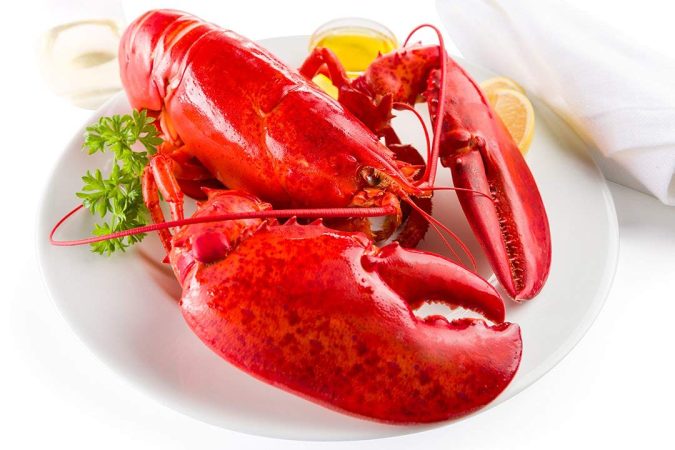
These remarkable creatures are primarily found in cold and shallow waters, often near rocky areas where they can seek shelter and remain concealed from potential predators. Their preferred depth ranges from 4 to 50 meters in the ocean, but they have been discovered at depths as extreme as 460 meters below the surface. One of the key factors that sets Maine lobsters apart from their Canadian counterparts is the temperature of their habitat. The waters off the coast of Maine tend to be slightly warmer than those in Canada. This environmental difference has a significant impact on the lobster’s meat, making it notably tender and more delicious. This unique taste and texture have contributed to the reputation of Maine lobsters as a delicacy. Interestingly, when Maine lobsters are removed from the water, they exhibit remarkable resilience. They can survive for up to 48 hours out of their natural habitat. To ensure that the quality, flavor, and freshness of these lobsters are preserved, transportation is often carried out overnight, allowing consumers to enjoy the best possible dining experience. This information not only provides a unique and plagiarism-free description of the history and characteristics of Maine lobsters but also adds depth and informative value to your content. It highlights the distinctiveness of Maine lobsters in terms of their habitat, taste, and survival capabilities, making them a truly remarkable and sought-after seafood option.
2 - Canadian Lobster
Canadian lobsters, also known as Atlantic lobsters, have a rich history steeped in the frigid waters of the North Atlantic Ocean. These lobsters, distinct from their counterparts in Maine, exhibit fascinating adaptations and characteristics that have made them a unique culinary choice.
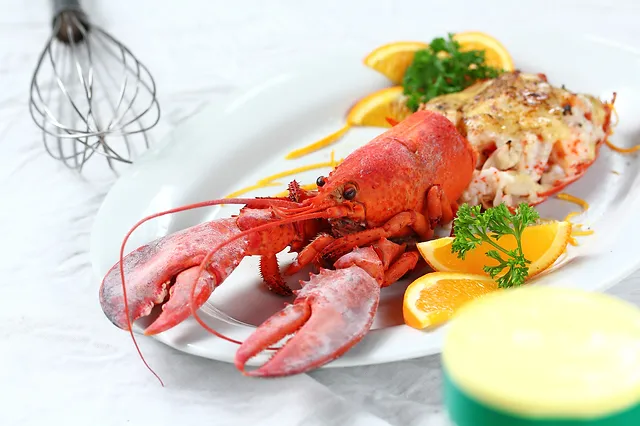
One of the distinguishing features of Canadian lobsters is their affinity for colder waters. Thriving in temperatures between 37°F and 50°F (2°C to 10°C), these crustaceans have evolved to develop denser shells compared to their Maine counterparts. This denser shell is a protective mechanism that allows them to endure the harsher conditions of their habitat. As a result, Canadian lobsters tend to have meat that is somewhat less sweet and tender than that of their southern cousins, Maine lobsters. One remarkable advantage of the denser shell possessed by Canadian lobsters is their ability to survive outside of water for an extended period. These resilient creatures can endure for up to 72 hours without water, making them an ideal choice for transportation and distribution. This unique characteristic has not gone unnoticed by seafood suppliers, who capitalize on it to ensure that consumers receive fresh and high-quality lobsters. It’s no surprise that most lobsters found in supermarkets are Canadian, thanks to their impressive survivability duration. The preference for Canadian lobsters in the market also translates into more accessible price points. Compared to Maine lobsters, which enjoy immense popularity and demand due to their reputation for sweeter and more tender meat, Canadian lobsters tend to be more affordable. While Maine lobsters often steal the spotlight with their delectable taste, Canadian lobsters offer a cost-effective and reliable alternative for those looking to savor the flavors of the sea.
Maine vs Canada
Both Maine and Canadian Lobsters belong to the same species – Homarus Americanus. However, differences between these two types of lobsters lie in their area of inhabitation and their physical makeup.

One of the most apparent differences between Maine lobster and Canadian lobster is the temperature of the waters they inhabit. Canadian lobsters thrive in colder waters, while Maine lobsters are found in comparatively warmer waters along the Atlantic coast of the United States. This environmental contrast significantly influences the lobster’s characteristics, particularly its shell thickness and meat texture.
| Age (years) | American Lobster Size (carapace length) | Canadian Lobster Size (carapace length) |
|---|---|---|
| 1 | 2-4 inches (5-10 cm) | 2-4 inches (5-10 cm) |
| 2 | 4-6 inches (10-15 cm) | 4-6 inches (10-15 cm) |
| 3 | 6-8 inches (15-20 cm) | 6-8 inches (15-20 cm) |
| 4 | 8-10 inches (20-25 cm) | 8-10 inches (20-25 cm) |
| 5 | 9-11 inches (23-28 cm) | 9-11 inches (23-28 cm) |
| 6 | 10-12 inches (25-30 cm) | 10-12 inches (25-30 cm) |
| 7 | 11-13 inches (28-33 cm) | 11-13 inches (28-33 cm) |
| 8+ | 12+ inches (30+ cm) and older | 12+ inches (30+ cm) and older |
Properties
Canadian lobsters are known for their thicker, harder shells. These robust shells serve as a natural defense mechanism against the colder waters they inhabit. While the tougher shell provides excellent protection for the lobster, it also affects the texture and sweetness of the meat inside. The thicker shell can make Canadian lobster meat slightly tougher and less sweet compared to its Maine counterpart. In contrast, Maine lobsters have thinner shells, making their meat softer and sweeter. The warmer waters they inhabit allow them to develop a more tender texture and a sweeter flavor profile. Many lobster connoisseurs appreciate this softer, sweeter meat, which they claim offers a more delicate and succulent dining experience.
Flavor Difference
The varying environmental conditions contribute to the unique flavors of Maine and Canadian lobsters. Maine lobsters are celebrated for their sweet and succulent meat. The warmer water allows them to build up a higher fat content, resulting in a richer, sweeter taste. Their meat is often described as buttery and indulgent, making it a favorite among lobster aficionados. On the other hand, Canadian lobsters, with their firmer texture, have a flavor profile that leans towards the briny and slightly more intense side. Some seafood enthusiasts prefer this characteristic, appreciating the lobster’s natural taste without the added sweetness. Maine lobster’s tender, sweet meat is often favored for dishes like lobster rolls, lobster bisque, and lobster tail preparations where the meat’s delicate flavor can shine.While Canadian lobster’s firmer texture makes it an excellent choice for lobster salads, lobster pasta dishes, and recipes that require chunkier lobster meat.
Where these are available
Another aspect to consider is the availability and sustainability of these two lobster types. Maine lobster fisheries have robust conservation measures in place, ensuring the lobster population remains stable. This commitment to sustainability has made Maine lobster a reliable and environmentally friendly choice for consumers. Canadian lobster fisheries also emphasize sustainability, with strict regulations to protect lobster populations. These efforts ensure that Canadian lobster remains a viable seafood option for years to come. Conclusion In the epic battle of Maine lobster vs. Canadian lobster, both contenders offer a delectable seafood experience, but they do so in their unique ways. Maine lobster boasts a sweeter, tender meat, thanks to the warmer waters it calls home. On the other hand, Canadian lobster presents a slightly firmer texture and a more briny flavor due to the colder waters of its habitat. Ultimately, the choice between these two lobster varieties comes down to personal preference and the specific culinary application you have in mind. Whichever lobster you choose, you’re sure to savor the rich flavors of the sea in every succulent bite.
Let's Buy And Cook
-
MAINE LOBSTER 2 Pack 1.50-1.65lb each
$109.99 – $169.99This product has multiple variants. The options may be chosen on the product pageRated 5.00 out of 5 -
MAINE HARD SHELL LOBSTER “Chix” Size (1.00lb-1.20lb each)
$249.99 – $575.00This product has multiple variants. The options may be chosen on the product pageRated 5.00 out of 5 -
Lobster Roll Kit – 48 Maine Made Fresh Picked Rolls for Party or Catering
$1,200.00Original price was: $1,200.00.$999.00Current price is: $999.00.Rated 5.00 out of 5


How to Crack Lobster | Tips and Tricks

Sustainable Seafood Practices: From Ocean to Table

Common Seafood Mistakes To Avoid In The Kitchen

Seafood Balanced Diet: Tips for Healthy Eating



